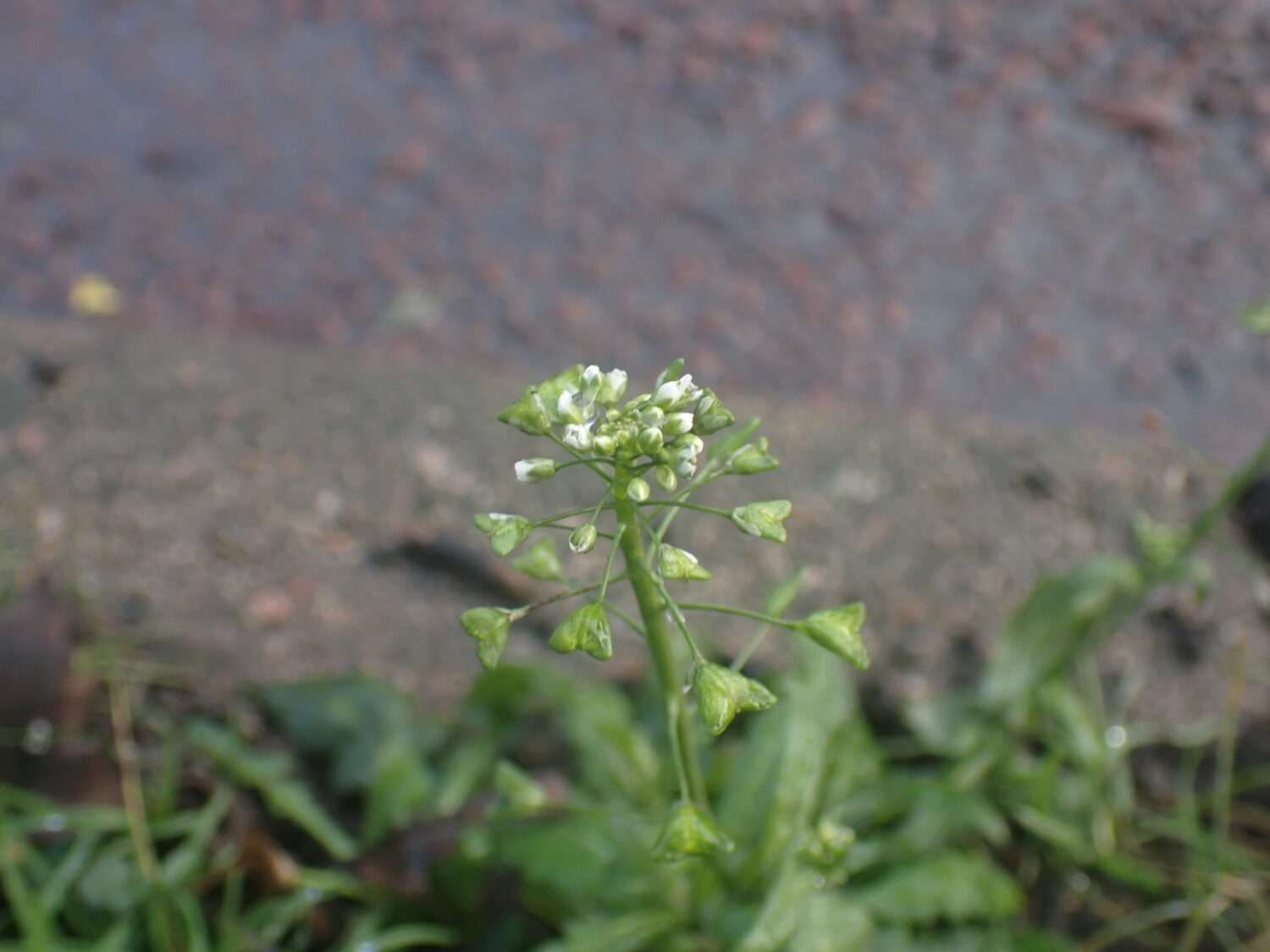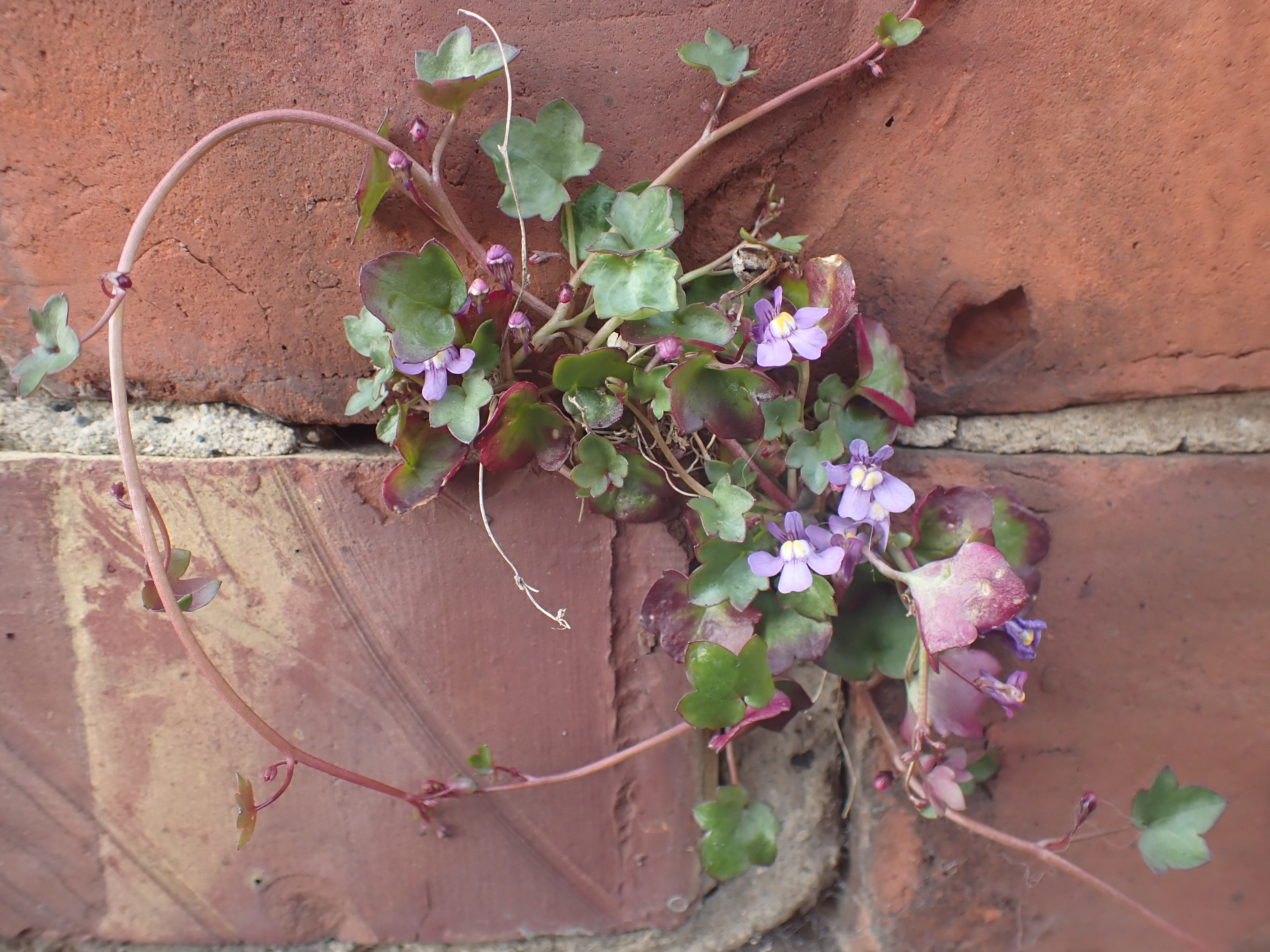Local botanist, Fiona Greenwold, shares five winter wildflowers to look for as part of this year’s BSBI New Year Plant Hunt
Phenology is the study of the timing of seasonal biological events. It involves recording information such as the appearance of the first Swallow in spring or the date the first flower of a particular species opens. It is a word and concept which more people are becoming familiar with as the concern and awareness around climate change increases.
Participating in recording is a powerful way to track how species events are changing in response to climate change. Using British flora guides, we can expect around two percent of plant species to be in flower during the winter months. However, as a result of warmer winters and springs, many wildflowers are extending their flowering period or are blooming earlier than what we read in flower guides. Tracking climate change needs the collection of long-term data to iron out short-term weather fluctuations and this is where you can help! The New Year Plant Hunt, organised by the Botanical Society of Britain and Ireland (BSBI), has been running since 2012 and involves looking for plants in flower during a four-day period over New Year. Earlier this year, 710 plant species were observed in flower by 1,811 participants across Britain and Ireland! These plant lists provide valuable information on what species, and how many, are flowering during the winter months. Records document how plants are behaving in relation to a changing climate. It’s also a fun and engaging activity for those keen on botany during this botanically quieter time of the year.
Joining in with The New Year Plant Hunt is a great way to start the new year doing something positive for nature. ERIC North East and the Natural History Society of Northumbria are leading walks in support of the New Year Plant Hunt. Don’t worry if you are new to botany. Submit your photos online or via the App and friendly botanists will help you to identify your finds. If you want to do a bit of preparation, here are some of the plants that have been regularly spotted in the North East during the Plant Hunt.
Get to know them now and you’ll be ready to go!
Five winter wildflowers

Yarrow
Yarrow is a member of the daisy family and is described as an ‘autumn straggler’ that can extend its flower period into the winter months. Its white flower heads are arranged in dense, flat-topped clusters. On closer inspection, each flower head has five petal-like florets and its centre florets are off-white. The leaves are distinctive, being feathery and finely cut. Yarrow can be mistaken as a member of the carrot family but its flowers do not originate from one point on the stem.

Herb Robert
Herb Robert bears small pink, and sometimes white, flowers with fern-like leaves. Crush leaves slightly and you will notice a distinctive smell, giving rise to its alternative name ‘Stinking Bob’. In a dry wall or crack, it is found low-growing but with a bit of a support by a cool, shady wall, the fern-like leaves can be a metre tall!

Cow Parsley
Swathes of Cow Parsley along hedgerows and verges is a familiar sight in spring, but this plant often is found blooming earlier. This frequently occurs where it has been cut back or mown, which usually results in much shorter flowering stems than those that occur in the spring. Characteristic of the carrot family, Cow Parsley has small white flowers that are arranged in umbrella-like ‘umbels’. The leaves are finely cut and fern-like.

Shepherd’s-purse
This tough little annual plant is a member of the cabbage family. The most easily recognisable feature is the heart-shaped seed pods up the stem. The white flowers are small and typical of the cabbage family, arranged as four white petals in a cross shape. It is usually found growing in areas of low nutrients and poor soil conditions.

Ivy-leaved Toadflax
Thought to have been introduced to this country via imported marble from Italy in the 1600s, this semi-evergreen plant is now naturalised and can be found in flower in every month of the year. Often found growing on walls, look for the lilac and yellow miniature snapdragon-like flowers and the Ivy leaf shaped leaves.